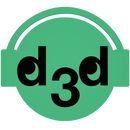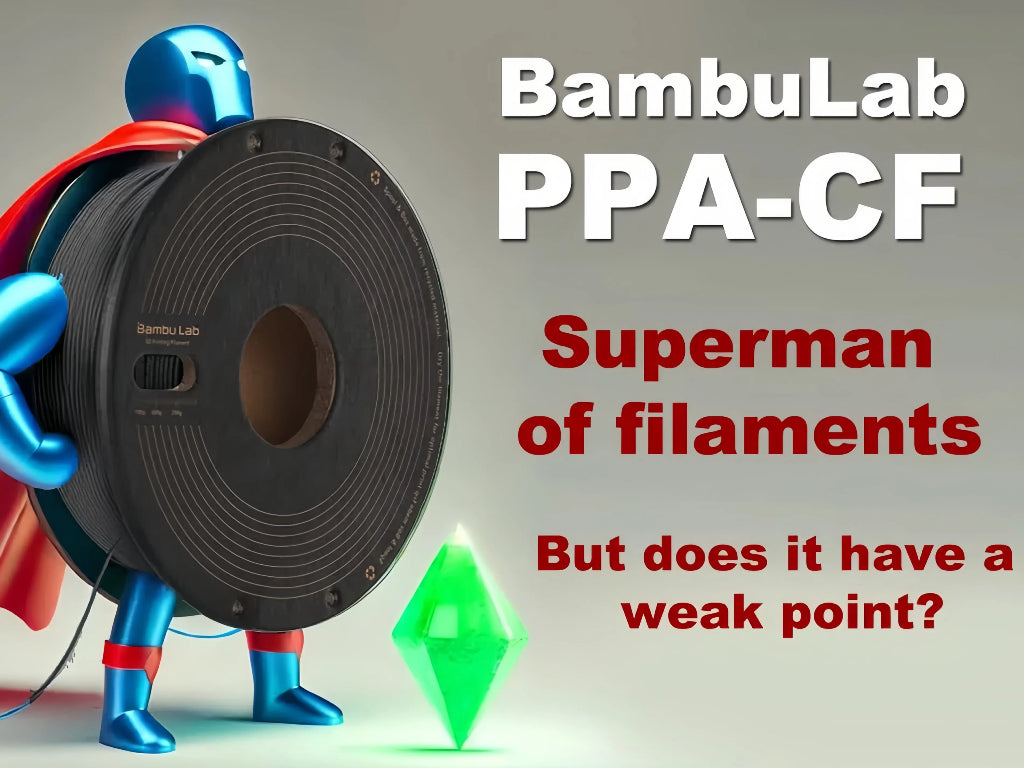Kate G. - May 2 2025
Elegoo Centauri Carbon Review: A Budget-Friendly CoreXY Powerhouse for High-Speed Printing

Elegoo’s latest release, the Centauri Carbon, marks its first foray into CoreXY-structure 3D printers. Built with a full aluminum frame and boasting print speeds up to 500mm/s, this machine combines Elegoo’s signature affordability with industrial-grade performance. But how does it hold up in real-world use? Is it worth your investment? This in-depth review covers its key features, user-tested pros and cons, and how it stacks up against competitors.
🔥 Key Selling Points: Why Choose the Centauri Carbon?
1. CoreXY + Aluminum Frame: Speed Meets Stability
The CoreXY motion system reduces print head vibration, enabling faster speeds (500mm/s) and higher precision than traditional i3 setups. Paired with a rigid aluminum frame, it minimizes resonance during high-speed printing.
✅ Pros:
• Maintains precision even at 500mm/s
• Sturdy construction for large or high-strength prints
• Ideal for engineering-grade materials

❌ Cons:
• Noisy at high speeds (~65dB)
2. Dual-Sided Flexible Build Plate: Low-Temp PLA + Easy Removal
The Centauri Carbon includes a dual-sided PEI sheet:
• Smooth side: Best for PETG/PLA, delivering glossy finishes
• Textured side: Optimized for low-temperature PLA printing, reducing warping
✅ Pros:
• No glue or tape needed—models pop off easily
• Energy-efficient PLA printing
• Durable and warp-resistant

3. Built-in Chamber Camera: Remote Monitoring
A built-in camera lets you check prints via mobile app, avoiding failed jobs.
✅ Pros:
• Real-time monitoring + timelapse recording
• Great for long prints or unattended operation
❌ Cons:
• Mediocre low-light image quality (hopefully fixed via firmware)

4. Auto Filament Unloading: Hassle-Free Material Swaps
The auto-unload feature reduces filament jams during changes.
✅ Pros:
• Simplifies multi-material experiments
• Fewer clogs from manual errors

5. 10-Minute Setup: Unbox & Print
Pre-assembled components mean ready-to-print in under 10 minutes, with auto bed leveling (ABL) streamlining calibration.
✅ Pros:
• Beginner-friendly
• Minimal assembly required
⚠️ User-Tested Pain Points
1. Noise Levels (65dB)
o Loud at high speeds; not ideal for quiet spaces.
o Fix: Lower speed (<300mm/s) or add soundproofing.
2. PTFE Tube Bend Near Hotend
o Awkward filament loading due to sharp tubing angles.
o Fix: Replace with a more flexible tube.

3. UI Glitches
o Camera menu arrows overlap buttons (needs firmware update).
4. Slicer Compatibility
o ElegooSlicer (Orca Slicer) lacks third-party filament presets.
o Orca Slicer works but requires manual tweaks.
o Fix: Use community-tuned profiles
5. No Multi-Color Support
o Cannot add a multi-material system (unlike Bambu Lab’s AMS).


Test model picture printed by the user
📊 Vs. Competitors: Is It Worth It?

✅ Best For:
• Speed-focused users on a budget
• CoreXY beginners willing to tweak settings
• Those prioritizing build volume/stability
❌ Not For:
• Multi-color printing needs
• Silent operation requirements
• Plug-and-play beginners
🎯 Verdict: A Strong (But Flawed) CoreXY Debut
The Centauri Carbon delivers exceptional speed and stability for under $299, with perks like the dual-sided plate and camera. However, noise and slicer limitations hold it back from beating premium rivals.
📌 Buy If:
• You want affordable CoreXY performance.• You don’t mind manual optimizations.
⚠️ Skip If:
• You need multi-color or silence.




